
Issue 016
July 2006
Barry Gibson
Kettlebells
Barry Gibson’s background in combat sports goes back some twenty years, and encompasses national and regional titles across various styles. Beginning with judo at the age of six, he spent some years in a ‘Bruce Lee’ phase before going back to judo and gaining his black belt and becoming a coach.
A personal safety assessor for the British Judo Association in the Northern area, he also worked as a personal safety and fitness trainer for the police service. He also worked for the British Judo Association as a schools development officer, where he literally got paid for encouraging young people to take up judo.
Currently in the process of creating a website for grapplers fighters and combat athletes in general, his new venture www.grapplefit.com will be up and running in coming weeks. Designed as a resource for anyone interested in sensible, functional training for combat sports, a DVD is also in production and should be available soon.
Routine
This routine uses a variation on a theme known as the Tabata protocol. Tabata involves a 4-minute block of exercise. The routine starts with 20 seconds of all-out work followed by 10-seconds rest; this is continued until 4 minutes is reached. That makes one round of Tabata training.
Our friends the kettlebells provide a good routine when following this method: You will perform the first exercise (swings) for 20 seconds, 10 seconds rest, swings for 20 seconds, 10 seconds rest, and continue like this for 4 minutes. Rest 1 minute then repeat the protocol with the snatches, alternating arms every 20-second interval. Rest for 1 min then repeat with cleans, again alternating arms with each set.
If you wish to make it specific to MMA rounds, go for 5-minute blocks as opposed to 4-minute intervals, here you will be performing 10 blocks of exercise instead of 8. As you can see this mirrors a contest fight quite closely in terms of energy systems used and intermittent bursts of activity.
The Swing
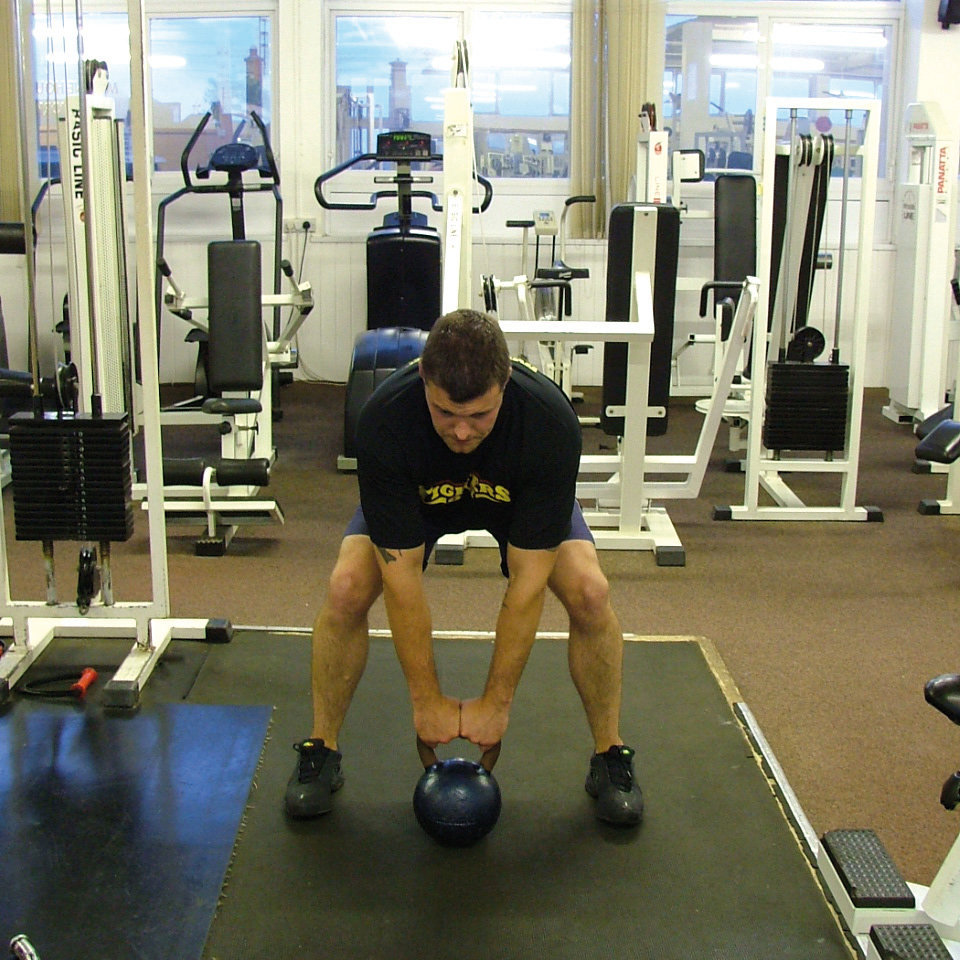
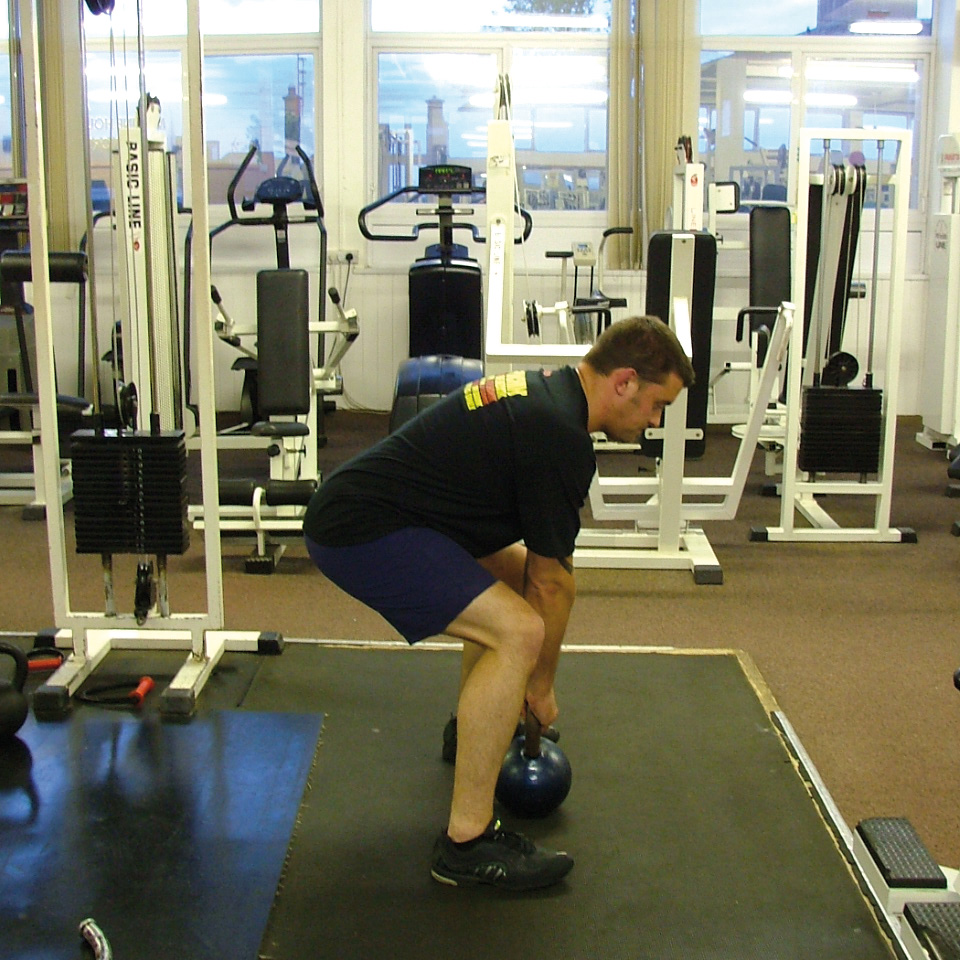

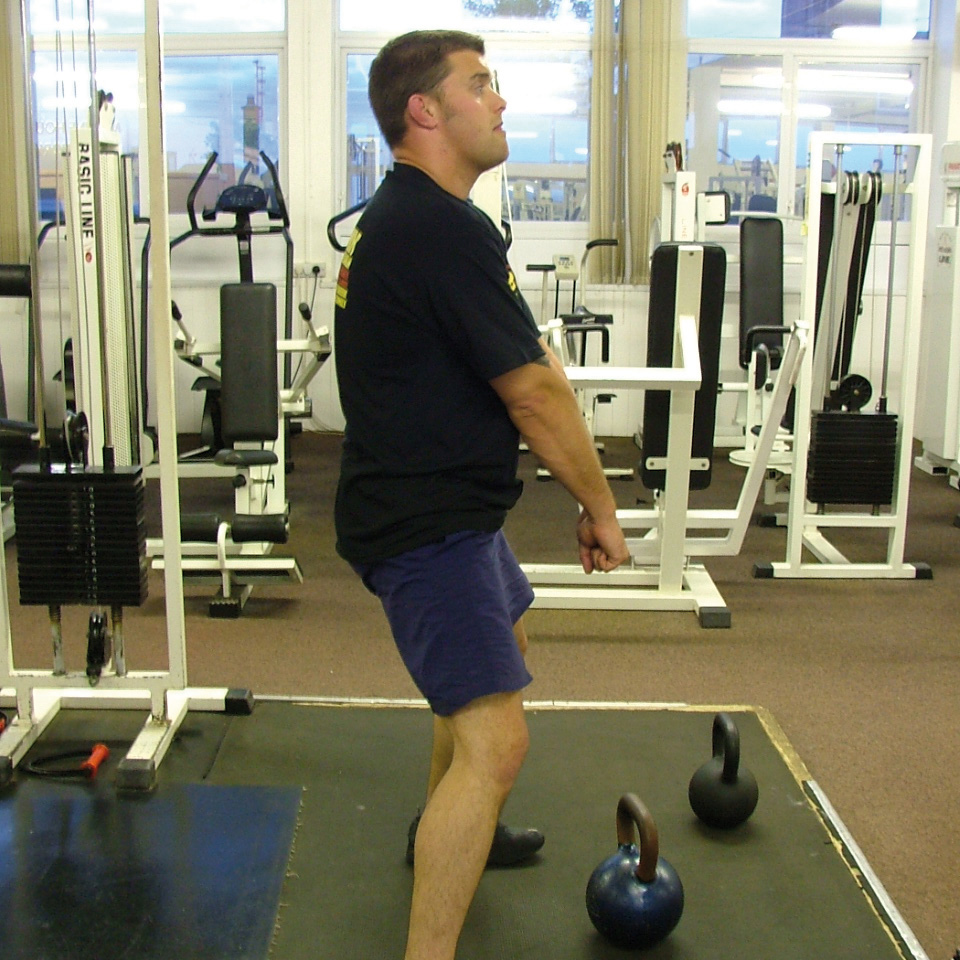
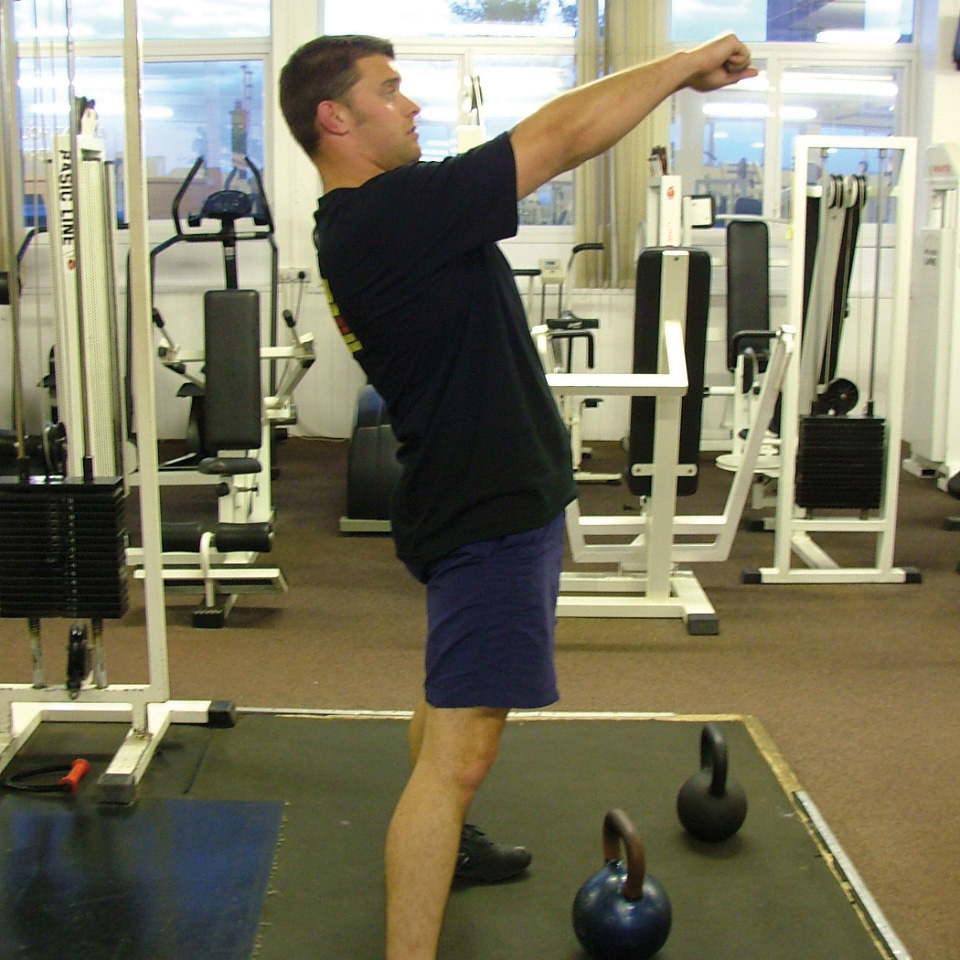
Note: this is not a front raise exercise!! The hips and hamstrings generate power.
The Snatch
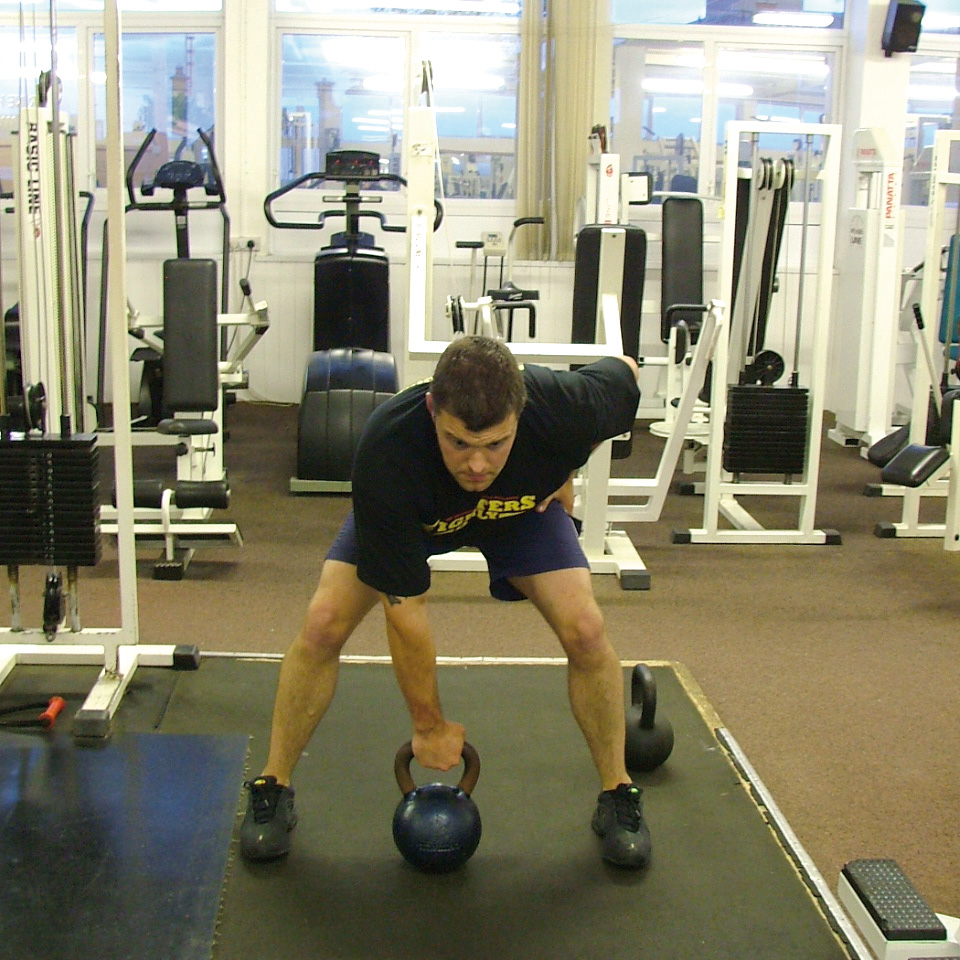
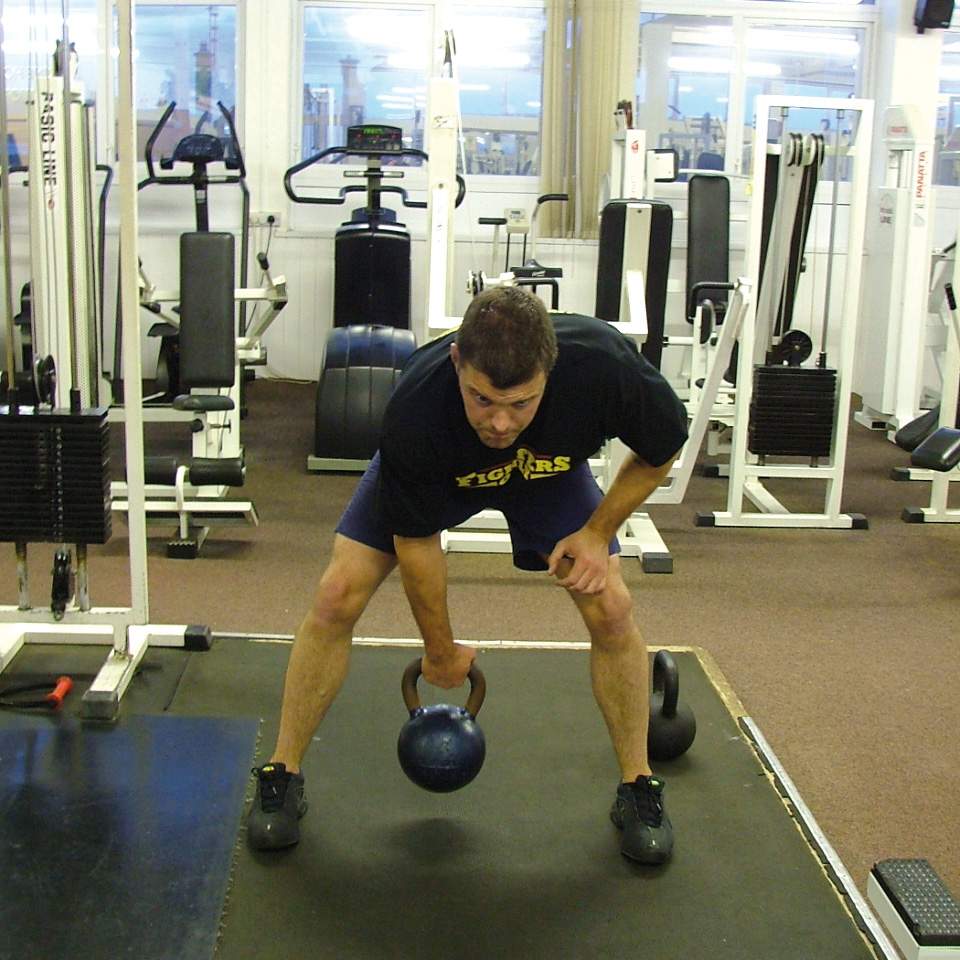
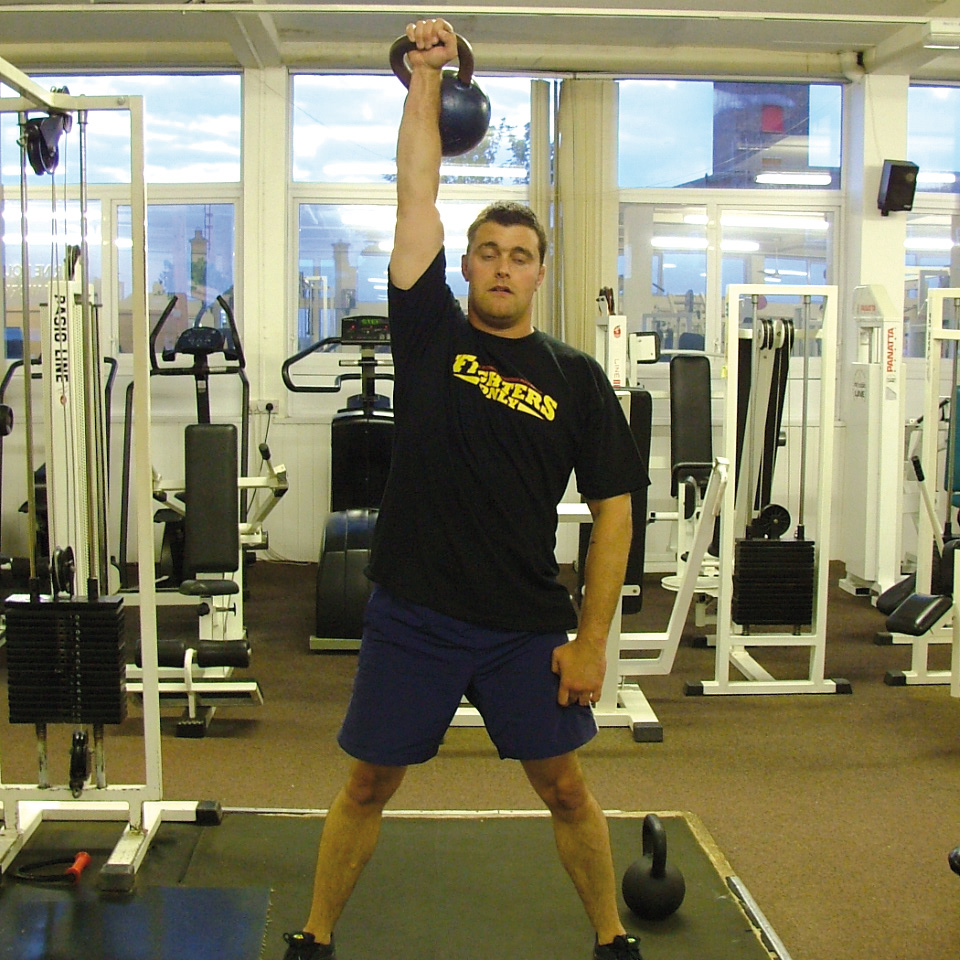
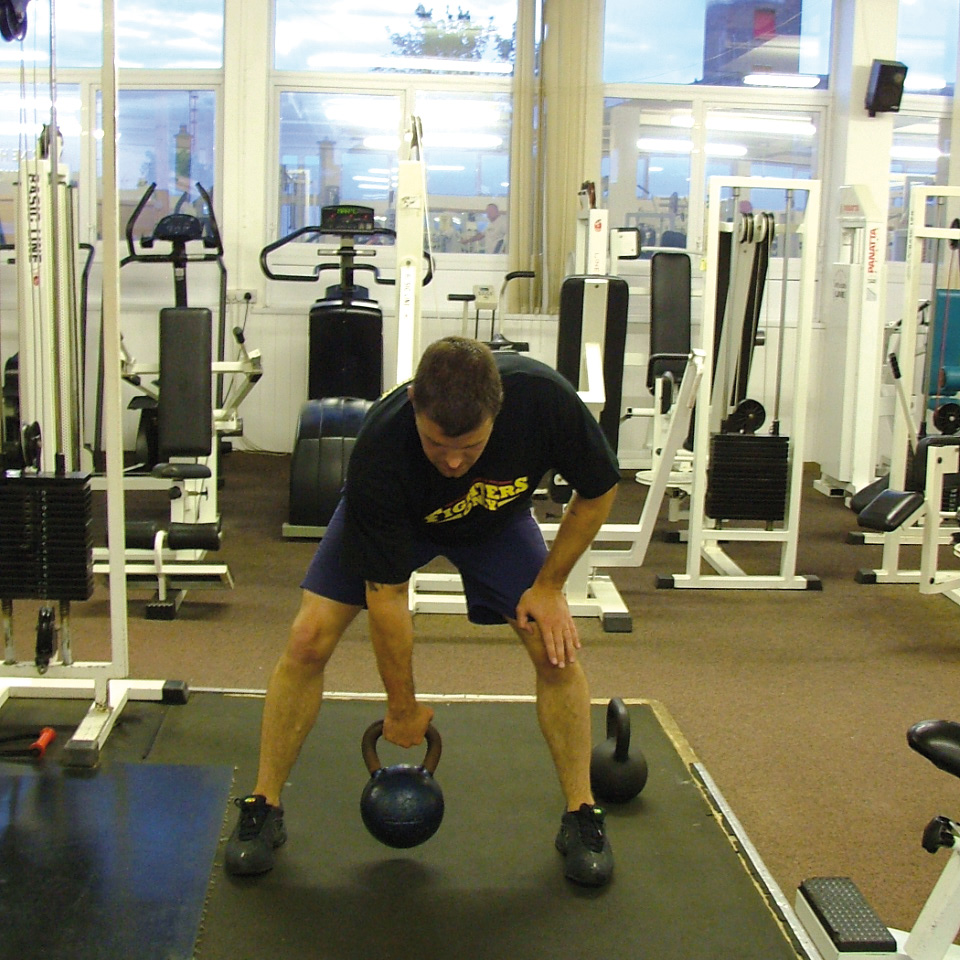
The Clean
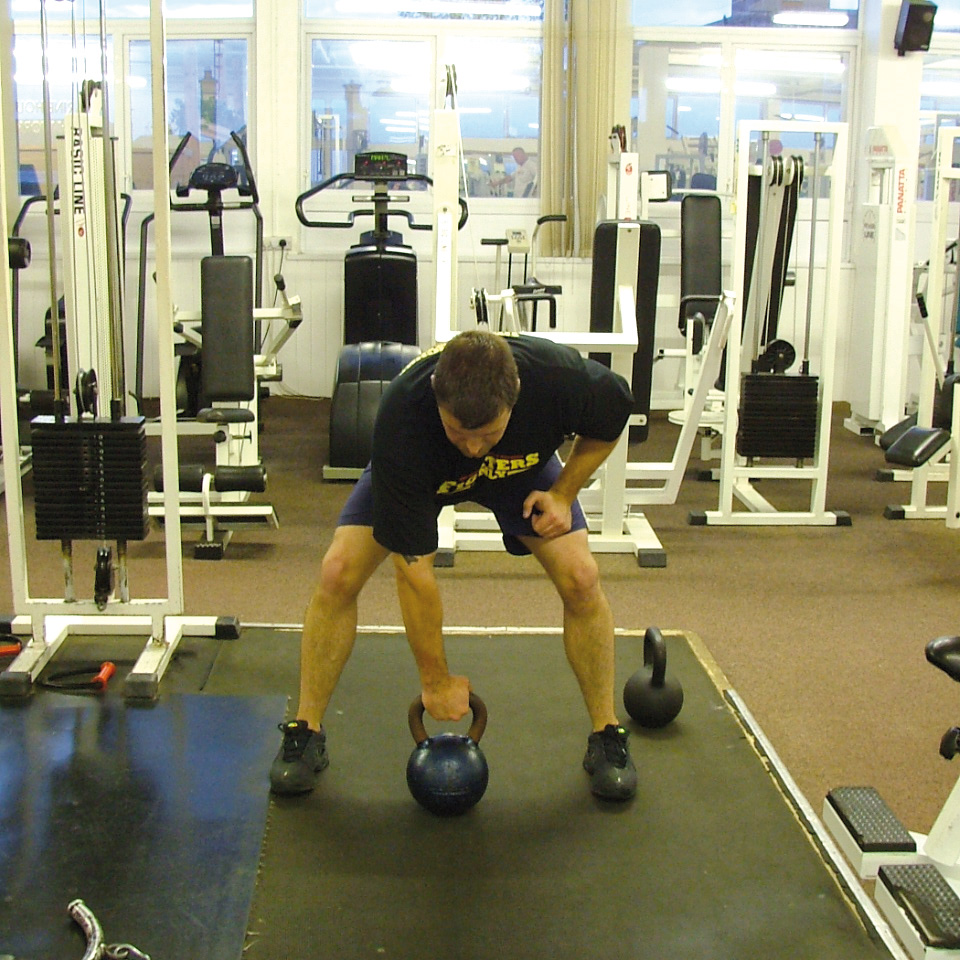

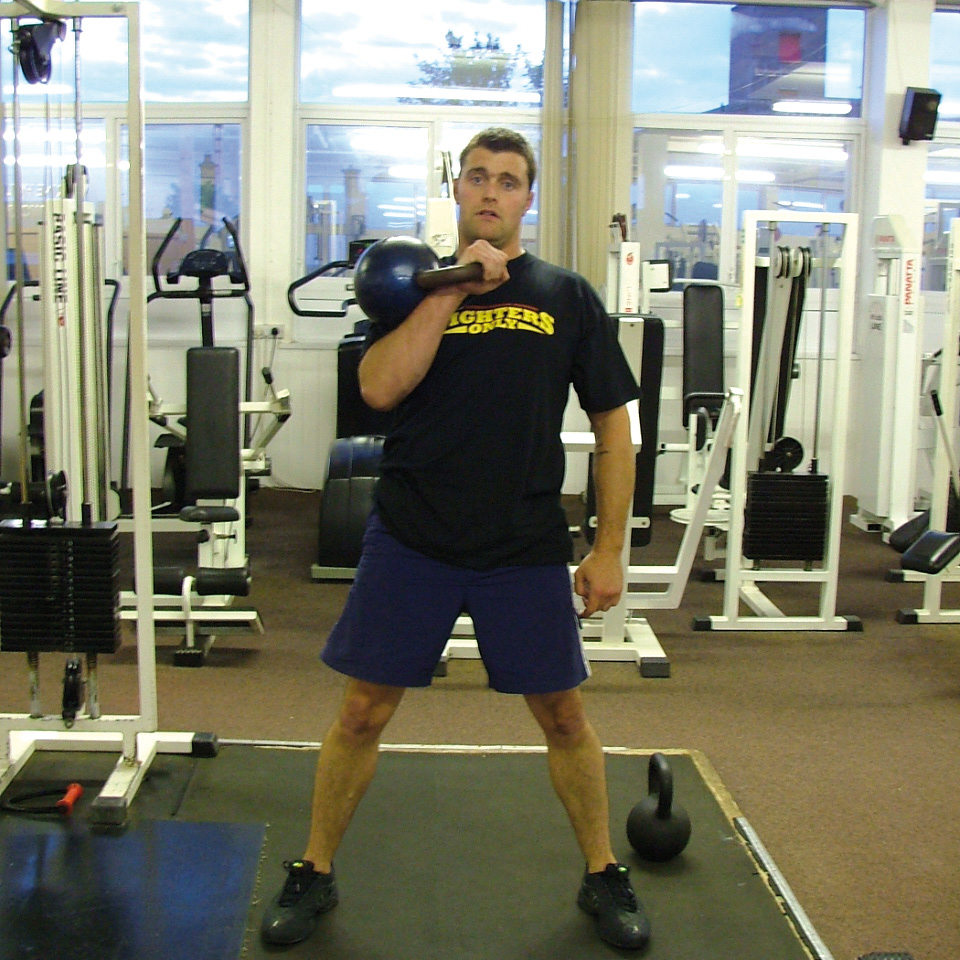
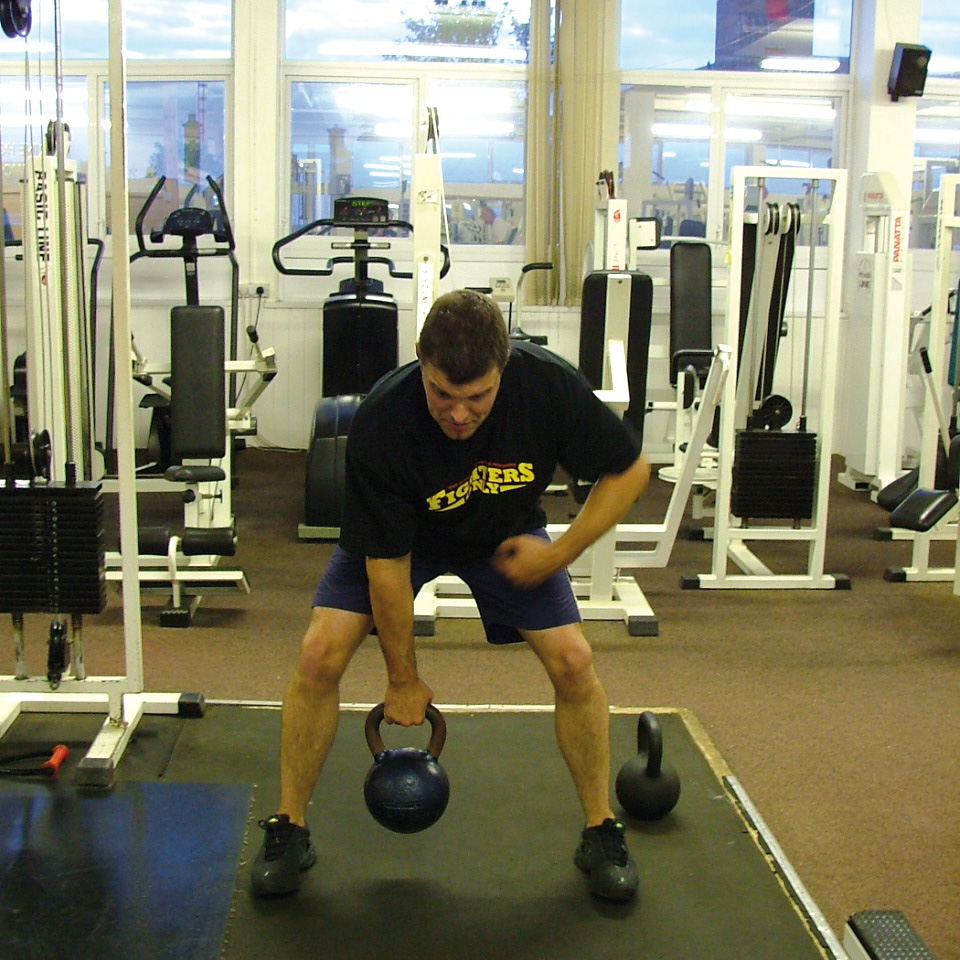
Kettlebell Burpees
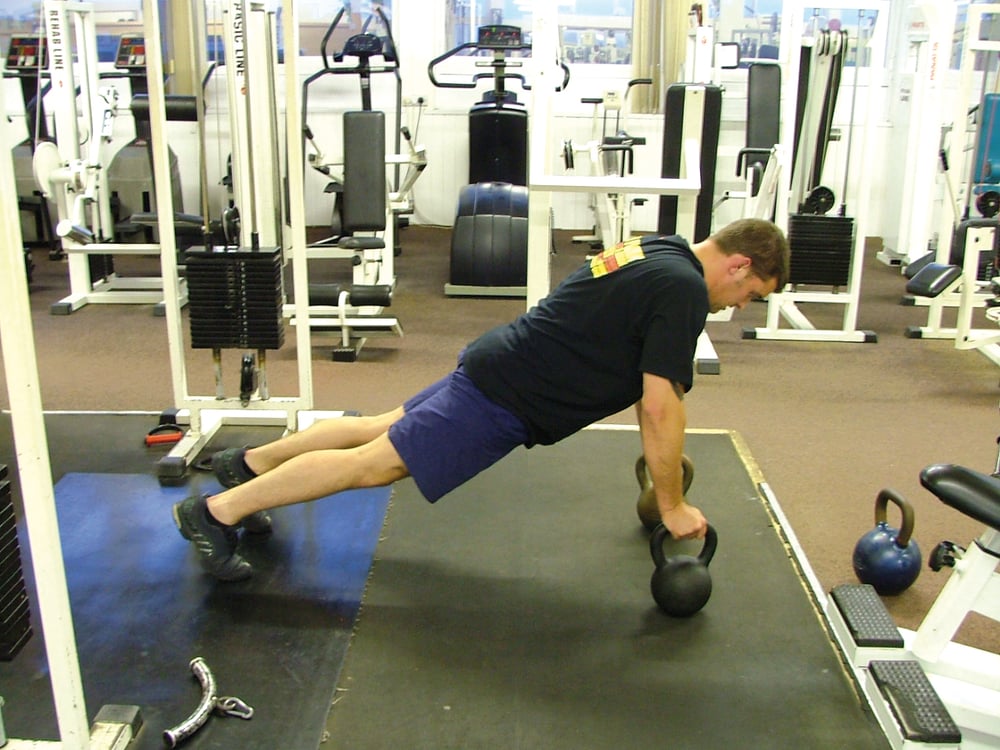
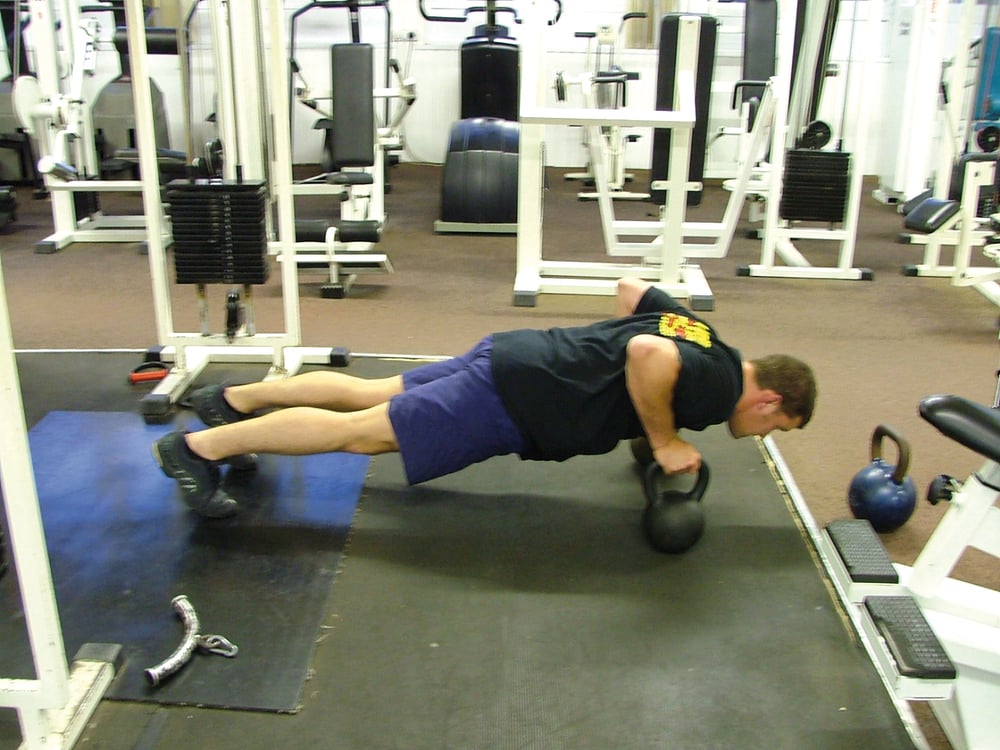


...










